What Tack Should a Horse Wear to a Dressage Competition?
There are certain tack requirements for your horse when competing under British Dressage rules; many unaffiliated dressage competitions also follow these rules. Here we explain a brief overview of the 2021 British Dressage Handbook rules (the Approved Tack Guide is updated twice a year on the British Dressage website in June and December and provides an up to date saddlery information guide with diagrams).
Saddle
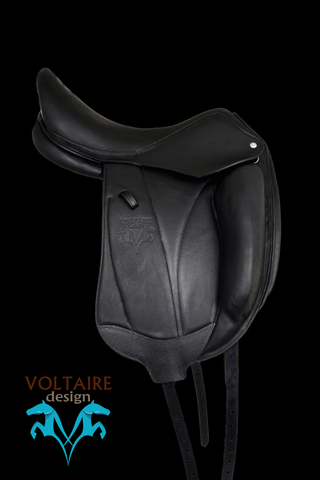
Your horse should compete in either an English or Continental style saddle with a pommel, cantle and flaps. This includes treeless saddles. Side saddles are allowed; the rider must inform the venue before the start of the test, so that the judge can be informed accordingly. The saddle should be either black or brown, navy and grey are also permitted. A panel of colour can be added to specific areas such as the cantle.
Saddle Pads
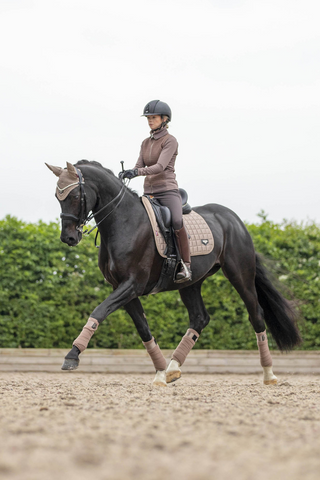
Saddle pads and clothes should be predominantly white, cream or a conservative colour (contrasting piping is allowed).
Stirrups
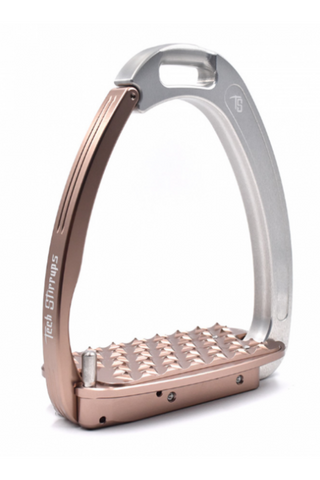
All coloured stirrups are allowed. Unless a dispensation had been granted, velcro straps from the girth to the stirrup iron or a mechanical means of fixing the rider’s boot to a stirrup iron is not permitted.
Bridles
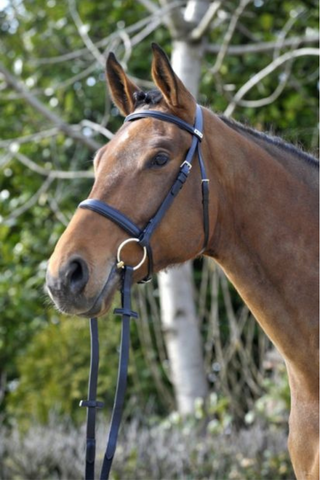
The horse must wear a conventional bridle with a bit, noseband and browband. The reins are to be attached to the bridle via the bit. The bridle colour is predominately black or brown (again navy and grey are also permitted). Discreet padding on the noseband and headpiece/poll area is permitted. Padding is not permitted on the cheek piece area or the front of the noseband. A snaffle bridle can be worn from Intro level to Grand Prix level tests. A double bridle can only be worn from Elementary to Grand Prix level, but is not allowed in the four year old to six year old Young Horses classes.
Neck straps, breastplates, balancing straps (a loop at the front of the saddle), breast girths and cruppers are allowed. However, martingales and bearing, side, running or elasticated insert reins are not permitted.
Bits
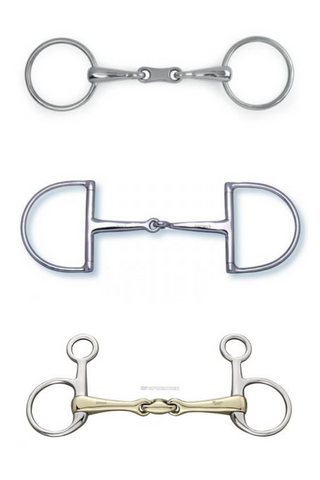
Permitted bits may be manufactured from:
- Rubber, nylon or other synthetic materials
- Mix of metals in the mouthpiece
- Bits with a loose ring, eggbut, D-Ring, upper cheek, full check, hanging cheek and Fulmer cheek are allowed.
- Bits with a single joint, double joint, barrel joint, ball joint, double ball joint, central piece with a roller or unjointed mouthpiece may be used in a snaffle bridle.
- Bits with a central link are permitted but they must not have the action of a tongue plate.
Port deviation measurements – they must have a minimum of 30mm width and a maximum height of 30mm - Bits must be used in their manufactured condition without any addition or adaptation to any part.
Bit guards, mouthpieces with a diameter less than 10mm or no bits/bitless bridles are not permitted.
All permitted snaffle bits may be used in a double bridle with the exception of any mouthpiece with a half/full cheeks or lock up bits (including double and single jointed) as these bits have the effect of a Mullen mouth. Rigid bits coated in plastic are permitted in a double bridle. However, flexible rubber bits are not allowed. Curbs may have straight or s-shaped cheeks, they may have fixed, rotating or sliding mouthpieces. The curb chain including its cover may be made of leather, metal, neoprene, sheepskin, rubber or a combination of and must be fitted in the conventional way.
Double bridles must be worn for all junior and Young Rider classes held at Premier Leagues/High Profile Shows including the Under 25 Championships and at FEI International shows.
If in any doubt about a bit, guidance should be sought from British Dressage in writing with a photo of the bit in question, the make and model.
Fly Veils
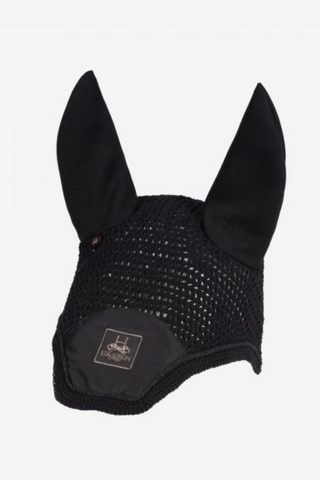
Ear covers and fly hoods are permitted including noise reduction versions. They should not cover the horse’s eyes and should be a discreet colour to match the horse’s colour. Nose nets and face masks are allowed under British Dressage rules but not under FEI rules. Again they need to be a discreet colour (to match the horse’s colour) and only cover the horse’s nose or face. The mouth and bit should still be visible.
Horse Boots

Horse boots and bandages may be worn to warm up in but should be removed when competing. Otherwise if the rider and horse come down the centre line with the boots/bandages on it is elimination.
Additional Tack
Only rugs/saddle covers for riding in may be used for warming up, but should be removed before competing – if a horse and rider come down the centre line with a rug or saddle cover on it is elimination.
Hoof boots, horse body/belly bandages and nasal strips are not allowed for warming up or competing in.
If you warm up in anything other than the permitted specified saddlery, it will result in elimination of both the horse and rider from all classes on the day.
